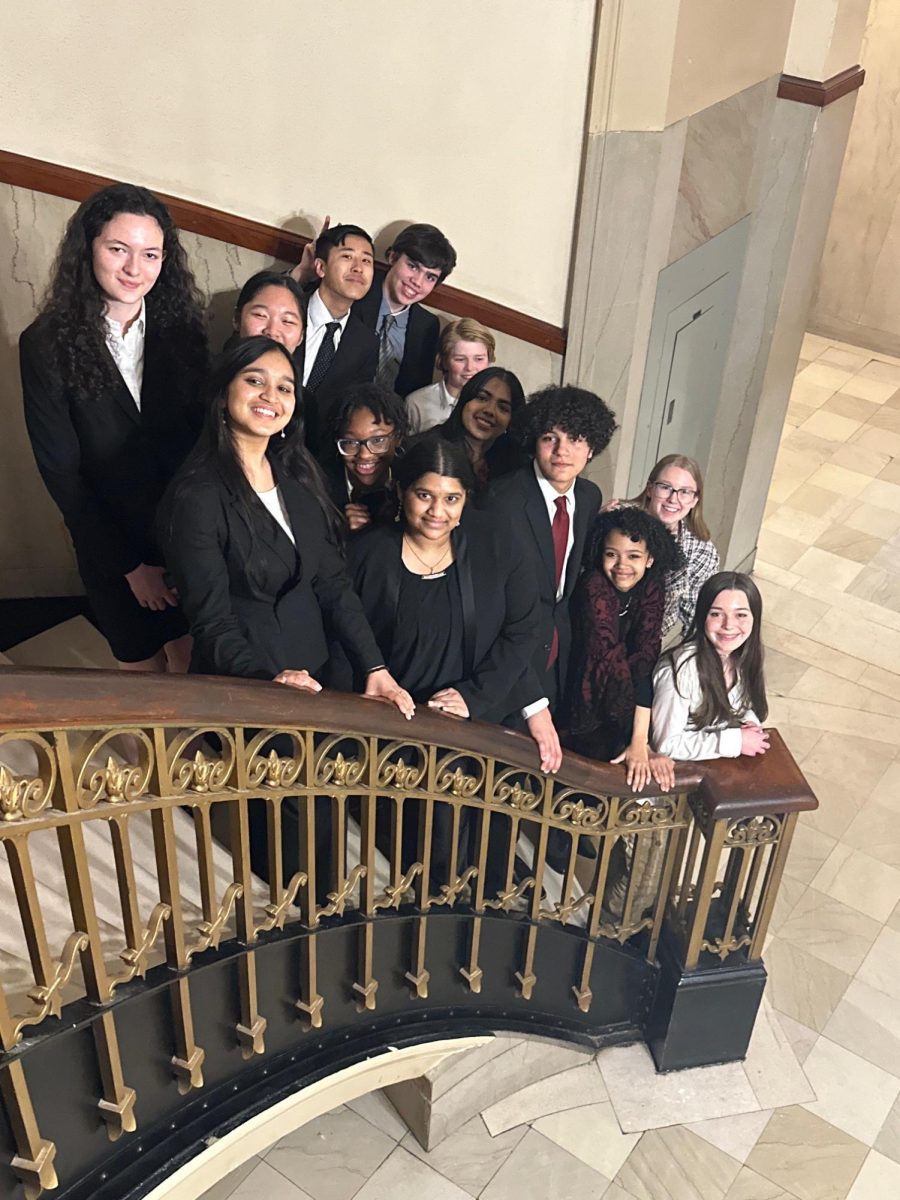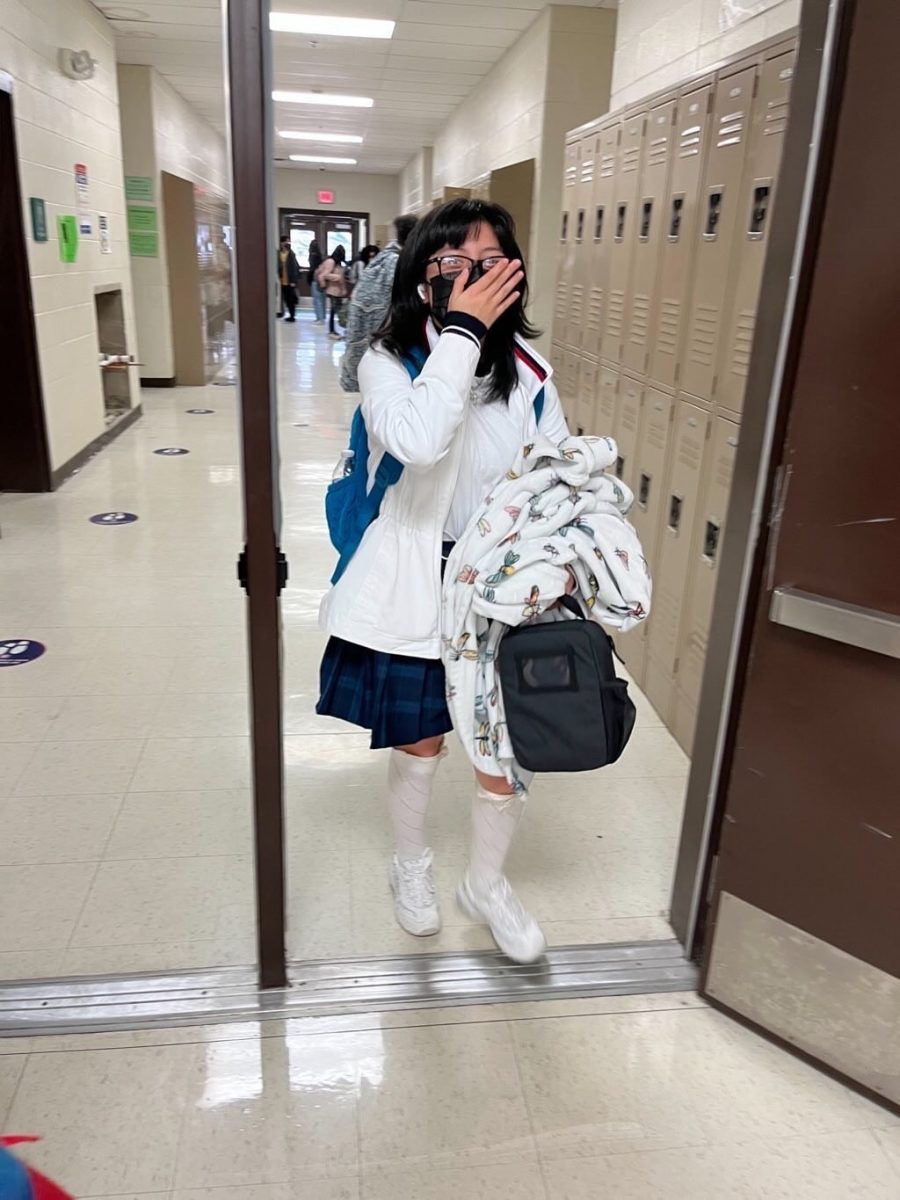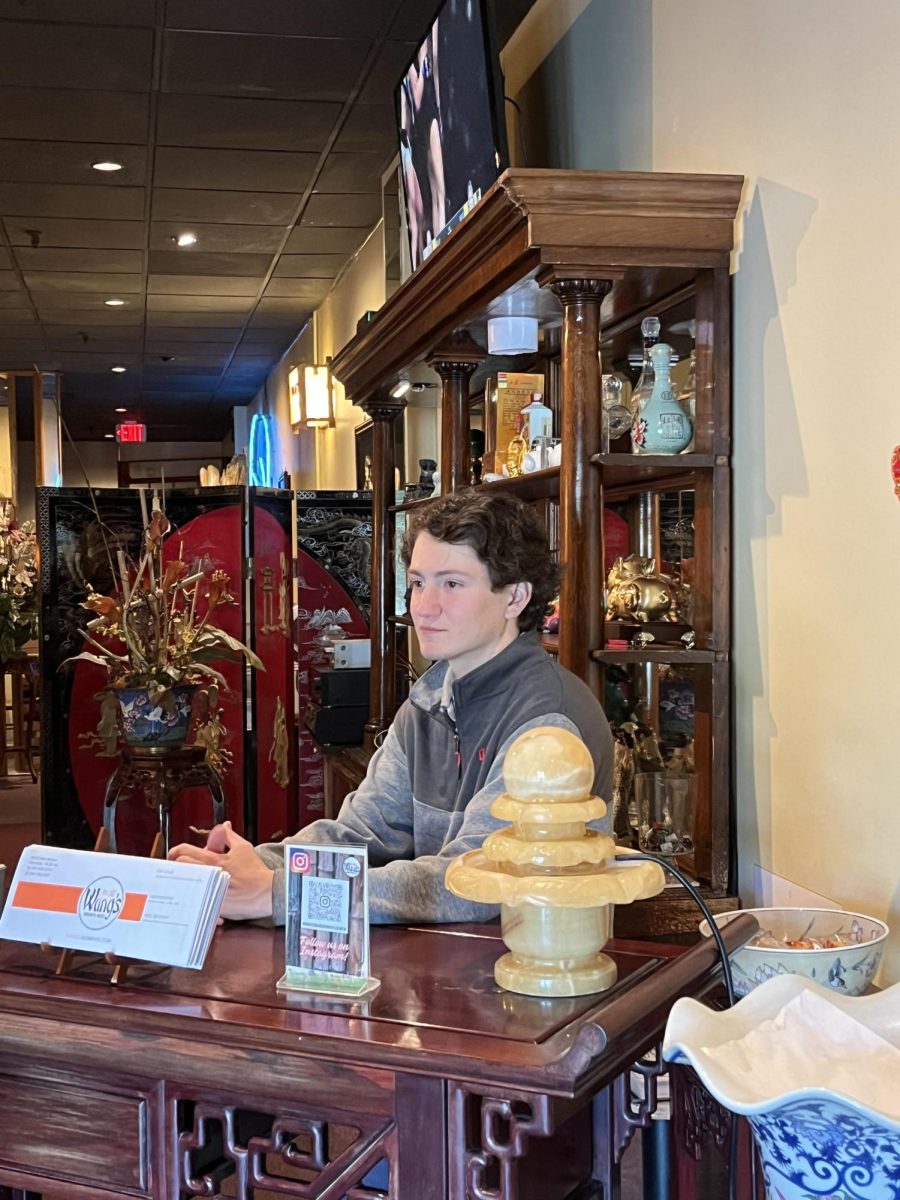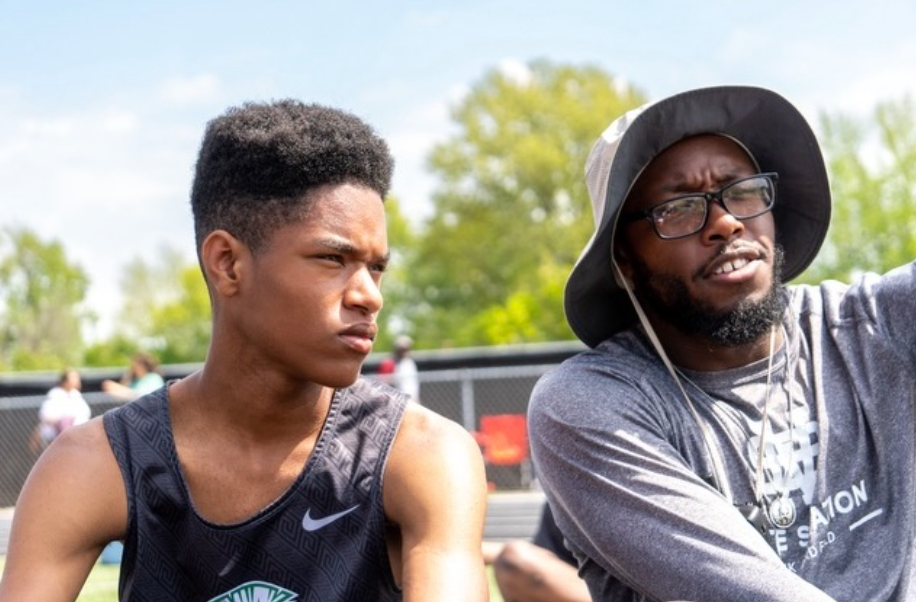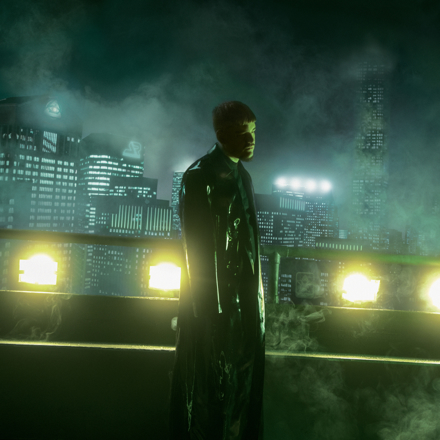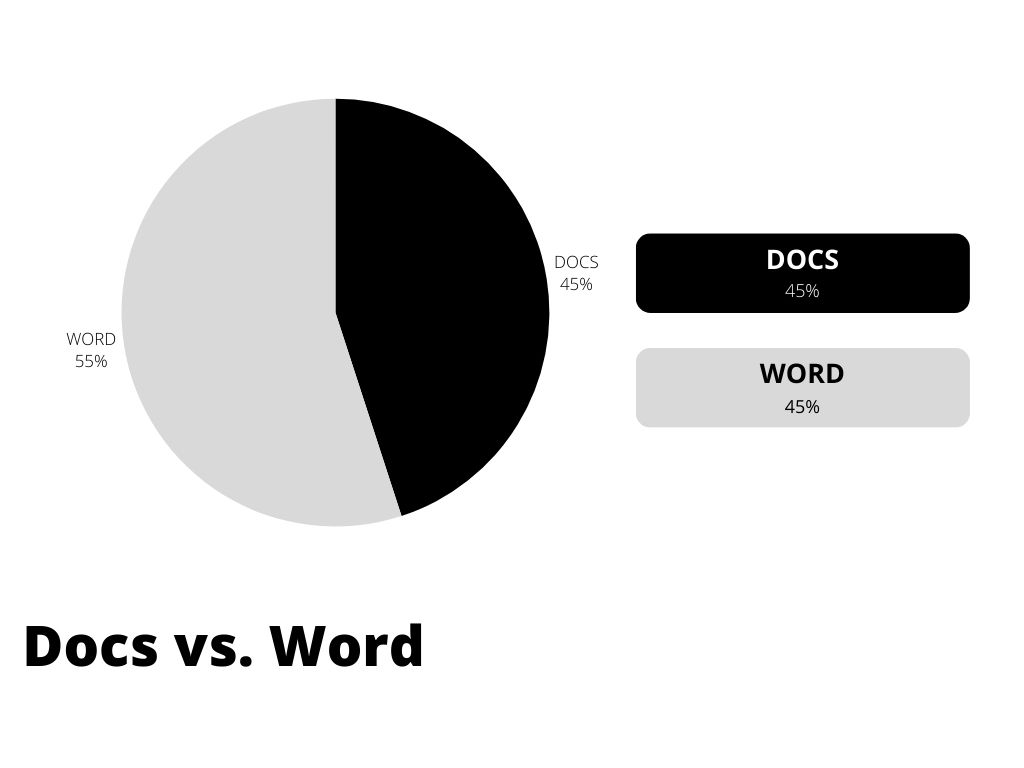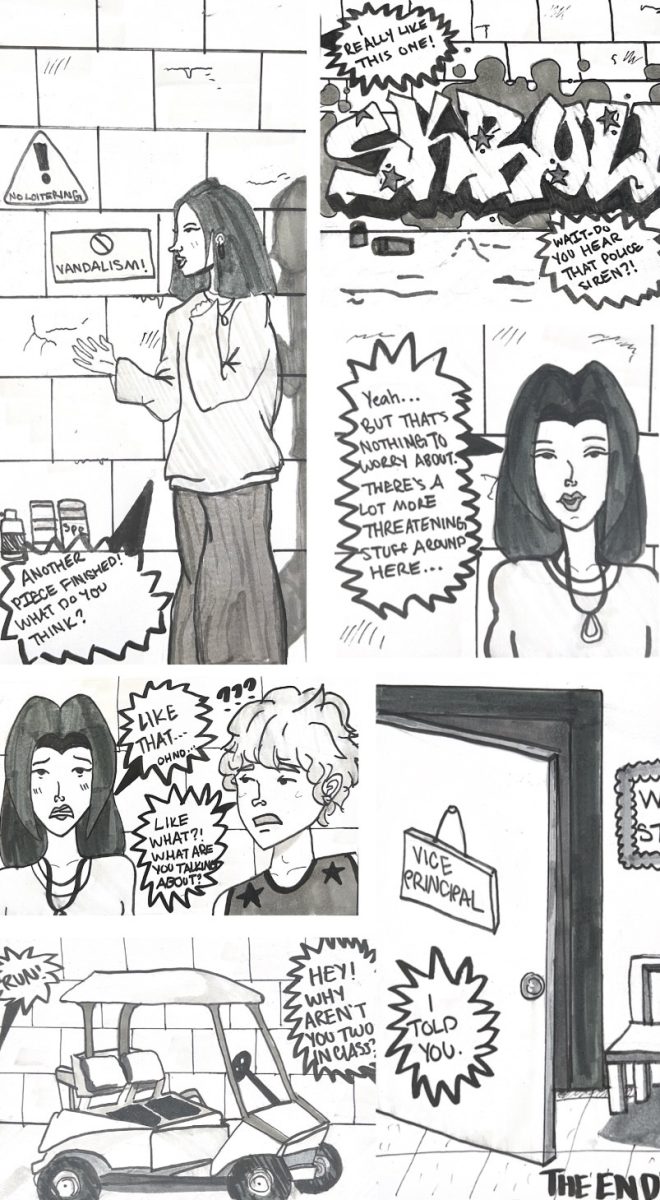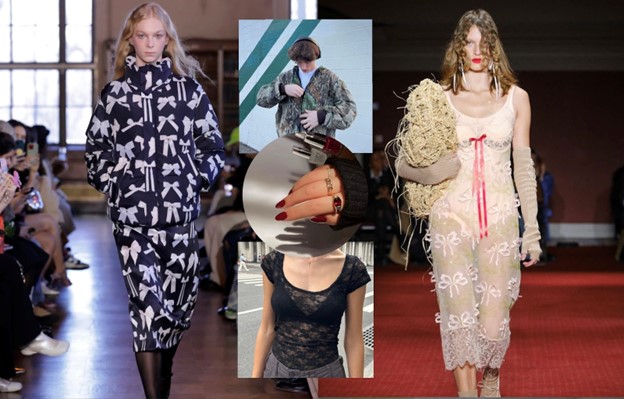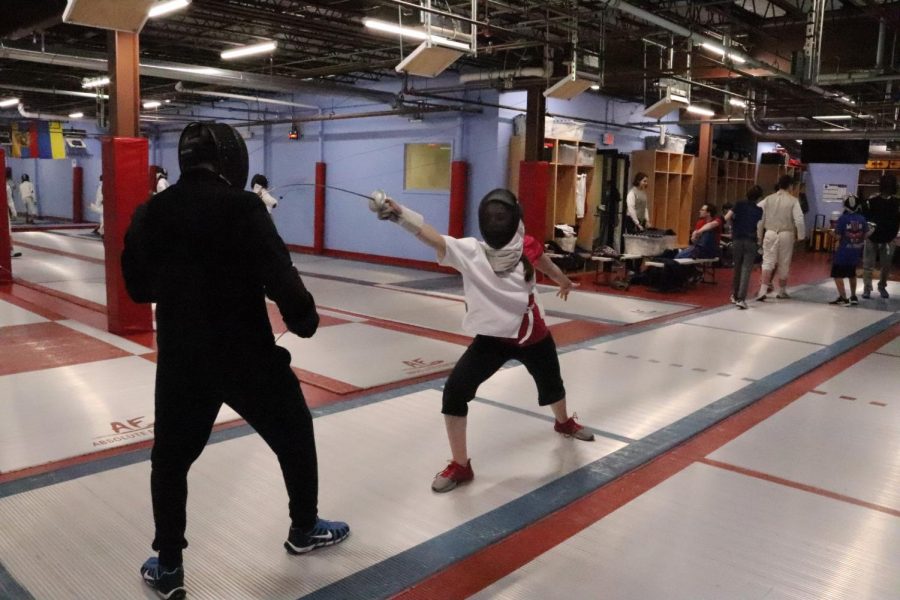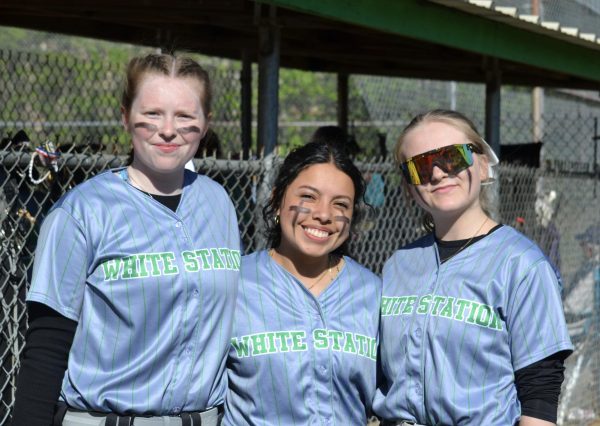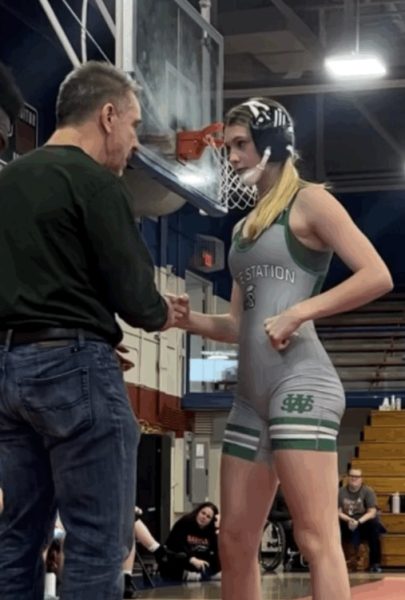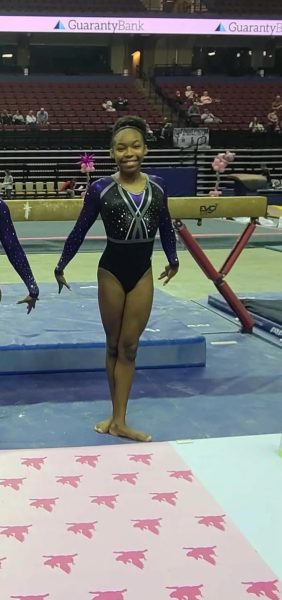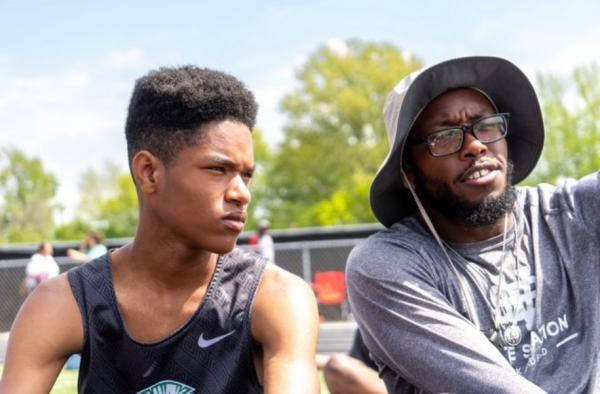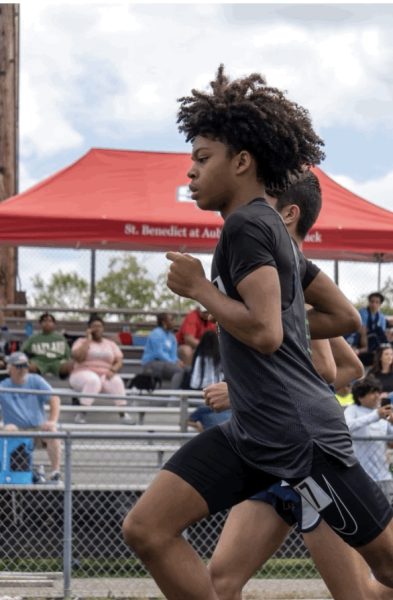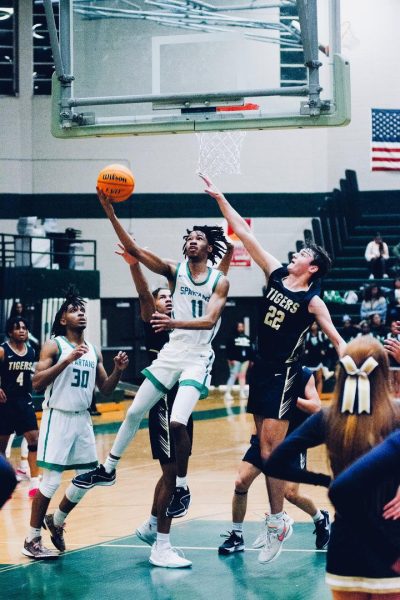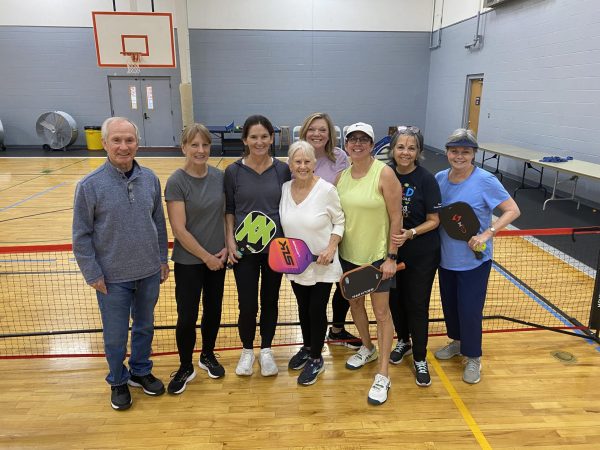To the victor go the foils — Schroder fences competitively for MUS Raptors Club
Mya Schroder (11) spars with coach Sergey Petrosyan at a Raptors practice on Thursday, Nov. 21. Schroder has attended the Raptors club at MUS since late August to improve her fencing.
When thinking of sword fighting, one might envision duels from old movies, like The Princess Bride. However, the sport of fencing is alive and well in today’s world.
“I think it’s kind of fun when people ask ‘Do you play any sports?’ and I’m like ’Yeah, I fence.’” Mya Schroder (11) said. “It’s fun to see their reaction. It makes you feel kind of special.”
Schroder fences competitively at the MUS Raptors Club. After watching a friend practice, Schroder joined in August 2019. Little did she know that fencing was more complicated than actors made it seem. For example, there are three different blades a fencer can compete with.
“I started with the foil; that’s what most people start with,” Schroder said. “It’s the blade with the smallest [target] area you can hit.”
The other blades are the épée and saber. The épée is similar to the foil but has an unlimited target area. The saber is different.
“[The] saber is about cutting, just like you see in the movies,” coach Sergey Petrosyan said.
During a fencing match, whoever gets 15 touches in the target area first wins. The touches are recorded through electronic touch-sensitive equipment on the fencer’s uniform and the tip of the foil and épée. Adaptability to an opponent’s strategy is key, requiring strength and intelligence.
“This sport is one where you work with your hands, feet, all your body, including your brain,” Petrosyan said.
Schroder enjoys practicing with the Raptors because it offers her a chance to adjust to different opponents. Her practice has already paid off with a victory in her second competition.
“It wasn’t much, but it felt really nice. I was like, ‘I can actually go somewhere with this,’” Schroder said.
Your donation will support the student journalists of White Station High School. Your contribution will allow us to purchase equipment and cover our annual website hosting costs.

